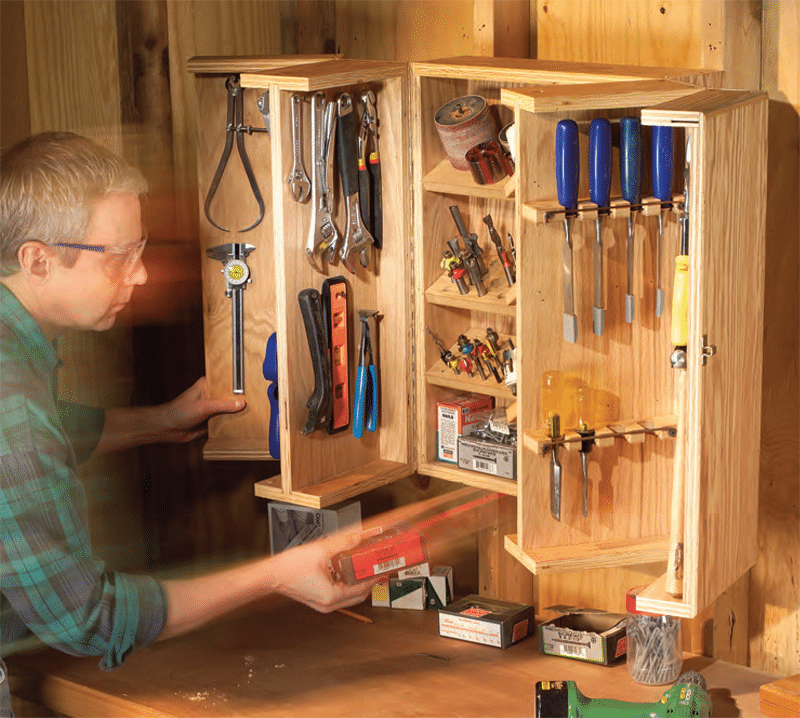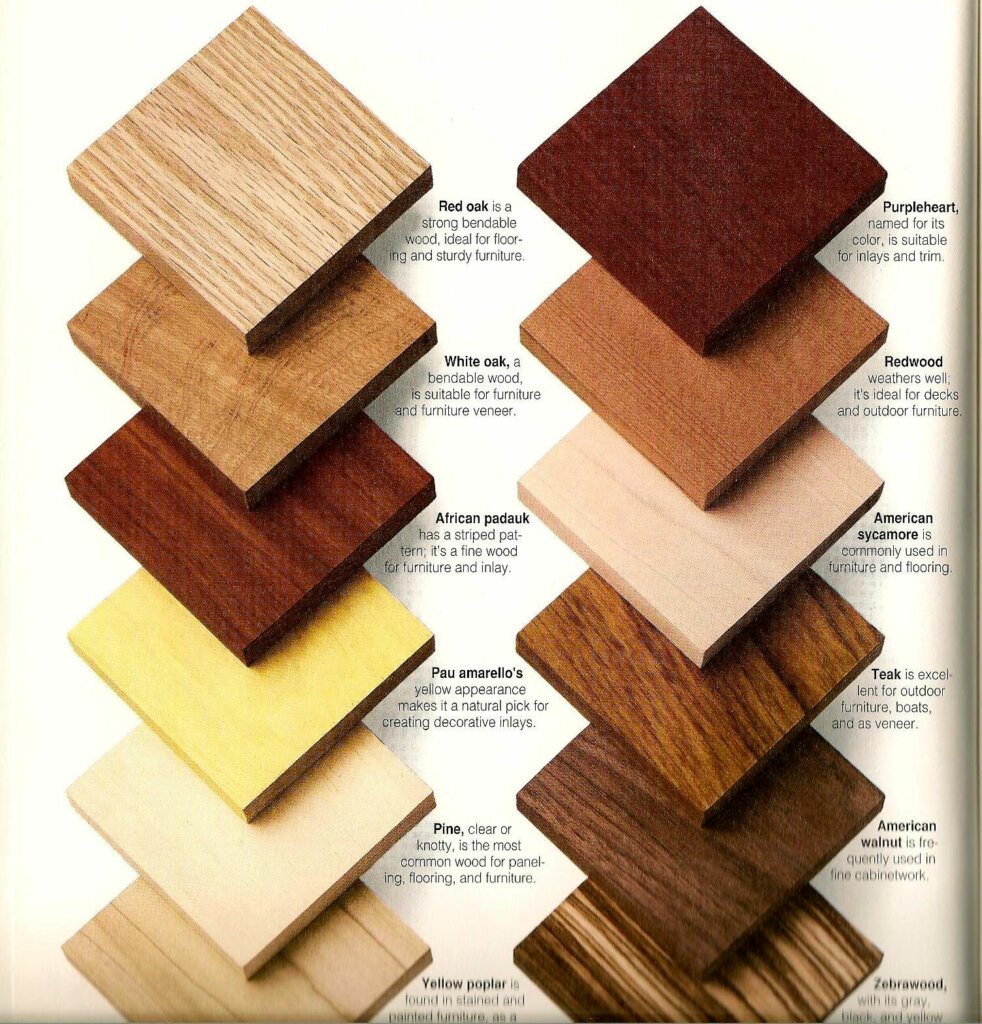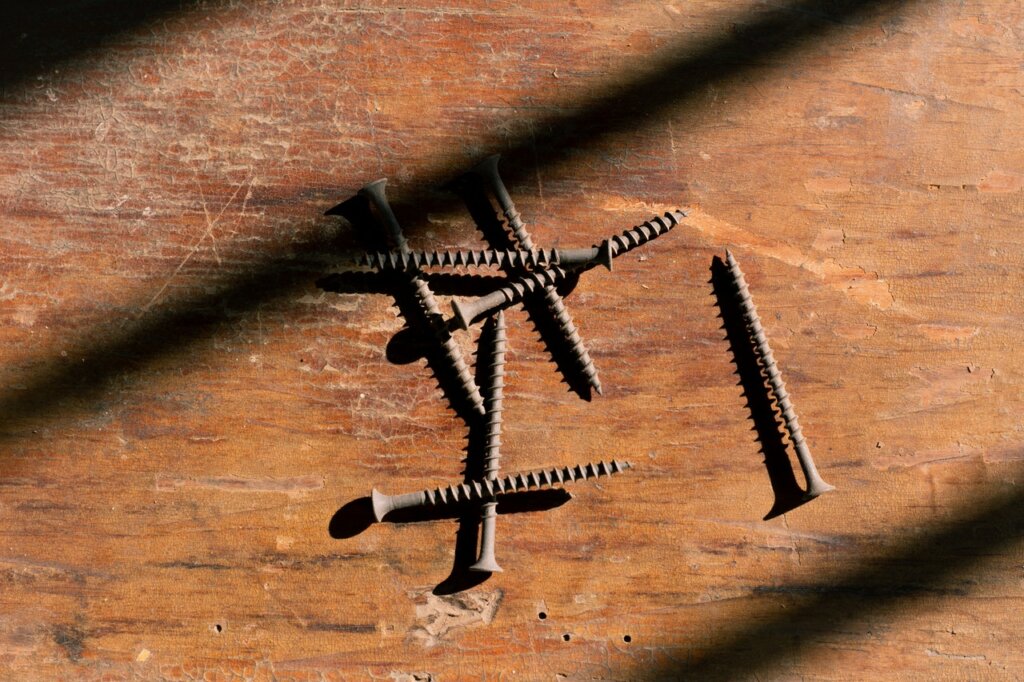DIY Woodworking Projects – Woodworking is an exciting activity for many homeowners. As long as you have the basic woodworking tools and equipment, the internet is not short of woodworking guides that come in handy for beginners and experienced individuals alike. With your woodworking skills, you can facilitate simple home improvement tasks, do repairs and make quick fixes without the need to call a professional. Here are your top tips to boost your efficiency in DIY Woodworking Projects.
Create a simple woodworking setup
It is always good to create a simple woodworking set up in your backyard, garage, or basement if you are enthusiastic about woodworking. Note that you don’t need a fancy workshop to start woodworking. With your wood from a home improvement store and a couple of tools such as the hammer, drill, screws, and a pair of sawhorses, you are good to go. It is good to set up a space that you won’t have to take down every time you are done working.
Know the moisture content of your wood

Before building anything with wood, ensure you know its moisture content. Too dry wood makes the end product swell and crack, and too moist wood makes the end product to shrink or warp. According to woodworking experts, unbalanced moisture causes the biggest percentage of all woodworking problems. As such, it is vital to know the moisture content of any wood before you start working with it.
For instance, if you intend to accomplish an inlay job using two types of wood, you need to know the moisture content to figure which kind of glue to use. Although you can use multipurpose wood glue great for delicate and hard to clamp surfaces, you should use a moisture meter to avoid a ruined project.
Know how to prevent glue stains

One thing that can ruin a wood project is glue oozing from the joints. To prevent that, first, apply masking tape over the joint, apply the glue and clamp the pieces together. That way, the excess glue will ooze over the masking tape, not the wood then you can remove it before the glue dries.
Understand different wood species

There are many types of wood species primarily categorized into hardwoods and softwoods. Softwood species include pine, fir, spruce, cedar, etc. Hardwoods include mahogany, cherry, walnut, oak, maple, birch, etc. Pine is commonly used in home improvement projects because it is affordable and readily available. It comes in many sizes, and it is perfect, especially for a beginner.
However, you should experiment with different wood species as you grow your skills. You also need to learn how to read lumber dimensions as they help you understand the measurements for your wood projects.
Use high-quality sandpaper

One of the challenging aspects of woodworking is sanding a large block of wood by hand. A sand block comes in handy for sanding a woodblock faster and more efficiently, and it is quieter and does not produce a lot of dust. High-quality sandpaper helps you achieve efficient results that outshine a power sander.
A sanding block also distributes pressure evenly and maintains a flatter surface than folding a piece of sandpaper. Also, sand according to the grain of the wood for more refined results. If you want to sand stained wood but clog-resistant sandpaper. Ensure you change your sandpaper more often for efficient results.
Avoid drywall screws

When it comes to woodworking, avoid drywall screws. When you want to screw two pieces of wood together, use the traditional wood screw for good results. Note that the drywall screw is threaded the entire length, so the top threads grip the first board, forcing the two pieces of wood to appear slightly apart. In contrast, the top part of the wood screw is smooth, so it doesn’t grip the wood make it easy to clamp two pieces of wood together.
Another reason to avoid drywall screws is that their hardened, brittle steel shaft often breaks during installation, especially when working on the hardwood. Getting them out is nearly impossible and will likely damage the surface, impacting the end product. Wood screws are manufactured with a softer material; therefore, they are break-resistant. However, they require you to do a lot of drilling.
Invest and learn how to use essential woodworking tools

Today there are so many excellent woodworking tools meant to simplify things during woodworking projects. You may access or buy them all but knowing how to use the essential woodworking tools is helpful. From cordless drills to precision tools, learning the basics of these tools helps you grow your skills more in woodworking and find it enjoyable. Power tools come in handy to simplify your work and provide more efficiency during woodworking – DIY Woodworking Projects





Leave a Reply